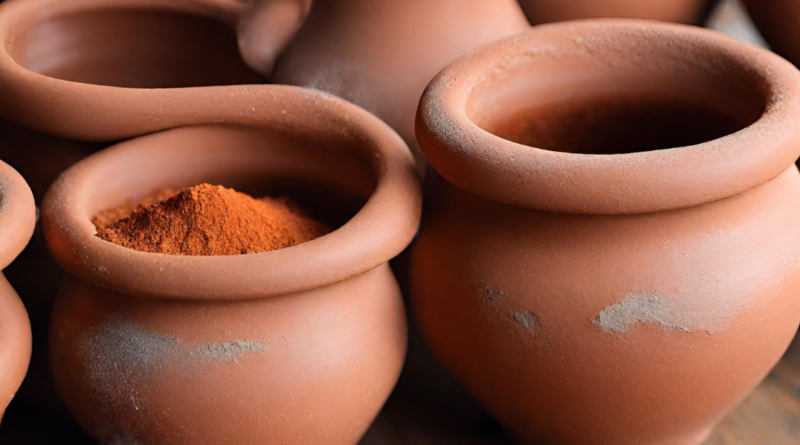Can you use clay pots for making sauces like hollandaise or béchamel?
While clay pots are versatile for many cooking applications, making sauces like hollandaise or béchamel may not be their ideal use. Here are some considerations:
1. Heat Control
Sauces like hollandaise and béchamel require precise heat control. Clay pots have excellent heat retention, but they may not allow for the quick and precise adjustments in temperature often needed for these delicate sauces. It’s common to use a double boiler or a heavy-bottomed stainless steel or copper saucepan for making these sauces to prevent overheating and curdling.
2. Stirring and Whisking
Making these sauces often involves constant stirring or whisking to achieve the desired consistency. While clay pots can provide gentle, even heat, they may not offer the smooth surfaces and maneuverability of specialized saucepans designed for this purpose.
3. Acidic Ingredients
Some sauces, like hollandaise, contain acidic ingredients like lemon juice or vinegar. Acidic ingredients can react with the alkaline nature of clay, potentially affecting the flavor and texture of the sauce.
4. Adherence to Traditions
Certain culinary techniques and traditions call for specific cookware. Sauces like hollandaise are traditionally made in non-reactive metal pans like copper or stainless steel. Following these traditions ensures consistency and reliable results.
While clay pots may not be the first choice for making these classic sauces, they can still be used for other aspects of your meal preparation. For instance, you can use clay pots to cook accompanying dishes or to keep ingredients warm. However, when making hollandaise, béchamel, or other delicate sauces, it’s advisable to use cookware designed specifically for the task to achieve the best results and prevent issues such as scorching or curdling.



